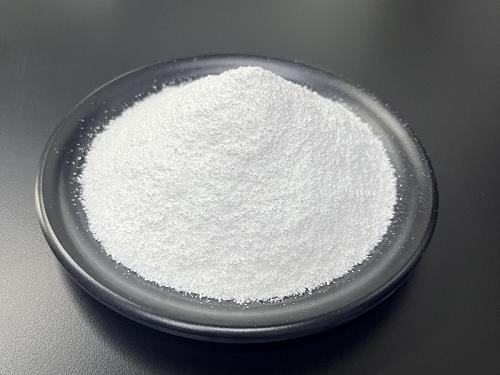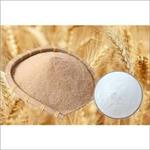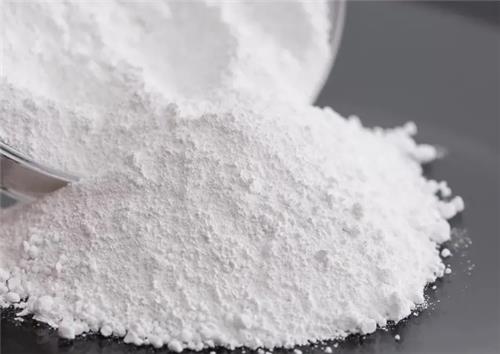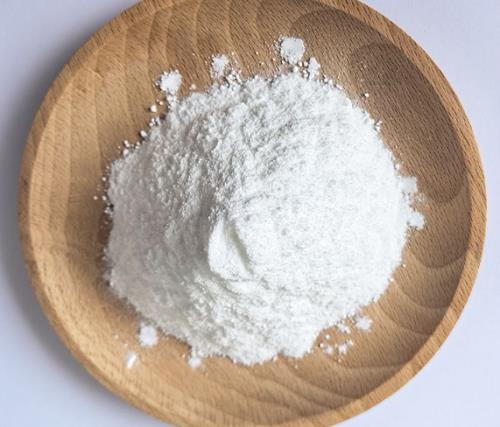Synephrine Hydrochloride: Thermogenic Activity & Antitumor Efficacy
Synephrine hydrochloride can be found in the fruit of a plant known as Citrus aurantium. It is one of the main active compounds found in the fruit and is also known as green orange, or zhi shi in Chinese. It is also called sour orange or bitter orange in other parts of the world. Chemically speaking, synephrine is chemically similar to the pseudo-ephedrine and ephedrine compounds that can be located in many of the over-the-counter cold and allergy medications. It is also found in a variety of weight loss and energy supplements that contain Ma Huang. Those that use synephrine claim a myriad of benefits. This can include increasing metabolic rates, an increase of caloric expenditure (the quickness in which you lose calories), increasing of energy levels, as well as synephrine acting as a fat burner and as a promoter of weight loss. The theory is that because synephrine acts as a stimulant, much like caffeine, it is believed to have some of the same effects in terms of an energy boost, as well as increasing metabolic rates and suppressing appetites. In Chinese medicine, Synephrine hydrochloride is used to help stimulate energy.

Effects of Synephrine hydrochloride in Combination with Selected Bioflavonoids
The bioflavonoids hesperetin and naringenin are widely distributed in citrus fruits and juices as their glycosides, hesperidin and naringin, respectively. They are present in Citrus aurantium as well as a wide variety of other Citrus species. Studies have suggested that Synephrine hydrochloride has thermogenic and lipolytic activities, increasing energy metabolism as well as athletic performance. p-Synephrine is the primary protoalkaloid in bitter orange extract which is derived from the immature fruits of Citrus aurantium, and is widely distributed in other Citrus species. The safety of p-synephrine and bitter orange extract has recently been reviewed, and based on the available studies in animals, humans and cell culture systems, it has been concluded that when taken orally and in recommended amounts both are safe. Synephrine hydrochloride is widely used in combination with caffeine and other ingredients in products designed to support weight management. However, no studies have been reported comparing the thermogenic effects of p-synephrine when combined with the flavonoids hesperidin and naringin. This pilot study was designed to examine these effects using a comparative effectiveness research (CER) study design in a double-blinded, randomized, placebo-controlled protocol to compare the effects of Synephrine hydrochloride alone and in combination with different amounts of hesperidin and naringin.[1]
Using a double-blinded, randomized, placebo-controlled protocol, this study compared the effects of 50 mg Synephrine hydrochloride alone with three different amounts of hesperidin and naringin on: (1) resting metabolism rate, (2) blood pressure, (3) resting heart-rate, and (4) self-reported mood/energy levels in healthy human subjects. As expected, the RMR of the placebo group decreased over the 75 min. test-retest period since subjects continued the 8-10 hour fast they began prior to the start of the study. These structural differences greatly alter the pharmacokinetic and receptor binding properties of Synephrine hydrochloride, resulting in little or no cardiovascular effects, as confirmed by this study. This randomized double-blinded placebo control pilot study supports the safety and thermogenic effects of p-synephrine, particularly when combined with 600 mg of naringin and 100 mg of hesperidin. No increase in heart rate or blood pressure was observed over the 75 min. of the study nor were there any differences in a self-reported rating of 10 common symptoms between the treated and placebo groups. The data suggests the combination of the flavonoids naringin and hesperidin with Synephrine hydrochloride may assist weight management. Further studies are required to determine optimal doses as well as safety and efficacy associated with long term use.
Synephrine Hydrochloride Suppresses Esophageal Cancer Tumor Growth
Esophageal cancer is the eighth most common cancer in the world and the sixth leading cause of cancer death worldwide. Esophageal squamous cell carcinoma (ESCC) is the predominant histological subtype and accounts for nearly 90% of the esophageal cancer cases in China. Despite improvements in diagnosis and treatment in recent years, 5-year survival rate of ESCC is still low. After literature study and experimental screening, Synephrine hydrochloride, a natural phenolic compound from the leaves of citrus trees and various citrus juices, was found to exert the strongest inhibitory effect on ESCC cell proliferation. Citrus contains various flavonoids and alkaloids with multiple biological activities, and synephrine was isolated for the first time from extracts of citrus fruits. Purified synephrine is a sympathomimetic α-adrenergic receptor agonist and displays potent vasoconstrictive effects on isolated rat aorta. The molecular mechanism of how Synephrine hydrochloride exerts its biological functions including its anticancer effect has not been reported but warrants investigation. In the present study, quantitative proteomics was performed to identify the differentially expressed proteins in synephrine-treated ESCC cells, and bioinformatics analysis of the protein alterations suggested that Galectin-3 and the AKT and ERK pathways have crucial roles in the bioactivity of synephrine.[2]
Here, we provided the first evidence that synephrine hydrochloride can inhibit tumorigenicity. Although synephrine was found to inhibit VEGF-induced angiogenesis and stimulate glucose uptake through activation of AMPK signaling pathway, according to our knowledge, the bioactivity of synephrine in cancer has not been reported. A recent review proposed that synephrine hydrochloride shares the structure similar to catecholamines epinephrine, both of which contain hydroxyl groups at both meta and para positions of the benzene ring. The author also suggested that it is the hydroxyl group in the meta position of the ring that primarily promotes adrenergic receptor binding and the subsequent effects. In another study, Kim and colleagues found that R-(−)-β-O-methylsynephrine (OMe-Syn), a compound sharing a similar structure with synephrine, was able to inhibit VEGF-induced angiogenesis in vitro and in vivo. Taken together, we demonstrate for the first time that synephrine is highly effective in suppressing growth and motility of cancer cells, and sensitizing ESCC cells to 5-FU treatment. More importantly, synephrine was found to exhibit strong antitumor activity in mice without obvious side effect. These data shed light on the mechanism of antitumor action of synephrine hydrochloride and suggest the potential implication of synephrine in the management of ESCC.
References
[1]Stohs SJ, Preuss HG, Keith SC, Keith PL, Miller H, Kaats GR. Effects of p-synephrine alone and in combination with selected bioflavonoids on resting metabolism, blood pressure, heart rate and self-reported mood changes. Int J Med Sci. 2011 Apr 28;8(4):295-301. doi: 10.7150/ijms.8.295. PMID: 21537493; PMCID: PMC3085176.
[2]Xu, Wen Wen et al. “Synephrine Hydrochloride Suppresses Esophageal Cancer Tumor Growth and Metastatic Potential through Inhibition of Galectin-3-AKT/ERK Signaling.” Journal of agricultural and food chemistry vol. 66,35 (2018): 9248-9258. doi:10.1021/acs.jafc.8b04020
See also
Lastest Price from Synephrine hydrochloride manufacturers

US $1200.00-1100.00/ton2025-11-05
- CAS:
- 5985-28-4
- Min. Order:
- 1ton
- Purity:
- 99%
- Supply Ability:
- 1000T/M

US $1200.00-1100.00/ton2025-10-01
- CAS:
- 5985-28-4
- Min. Order:
- 1ton
- Purity:
- 99%
- Supply Ability:
- 1000T/M


